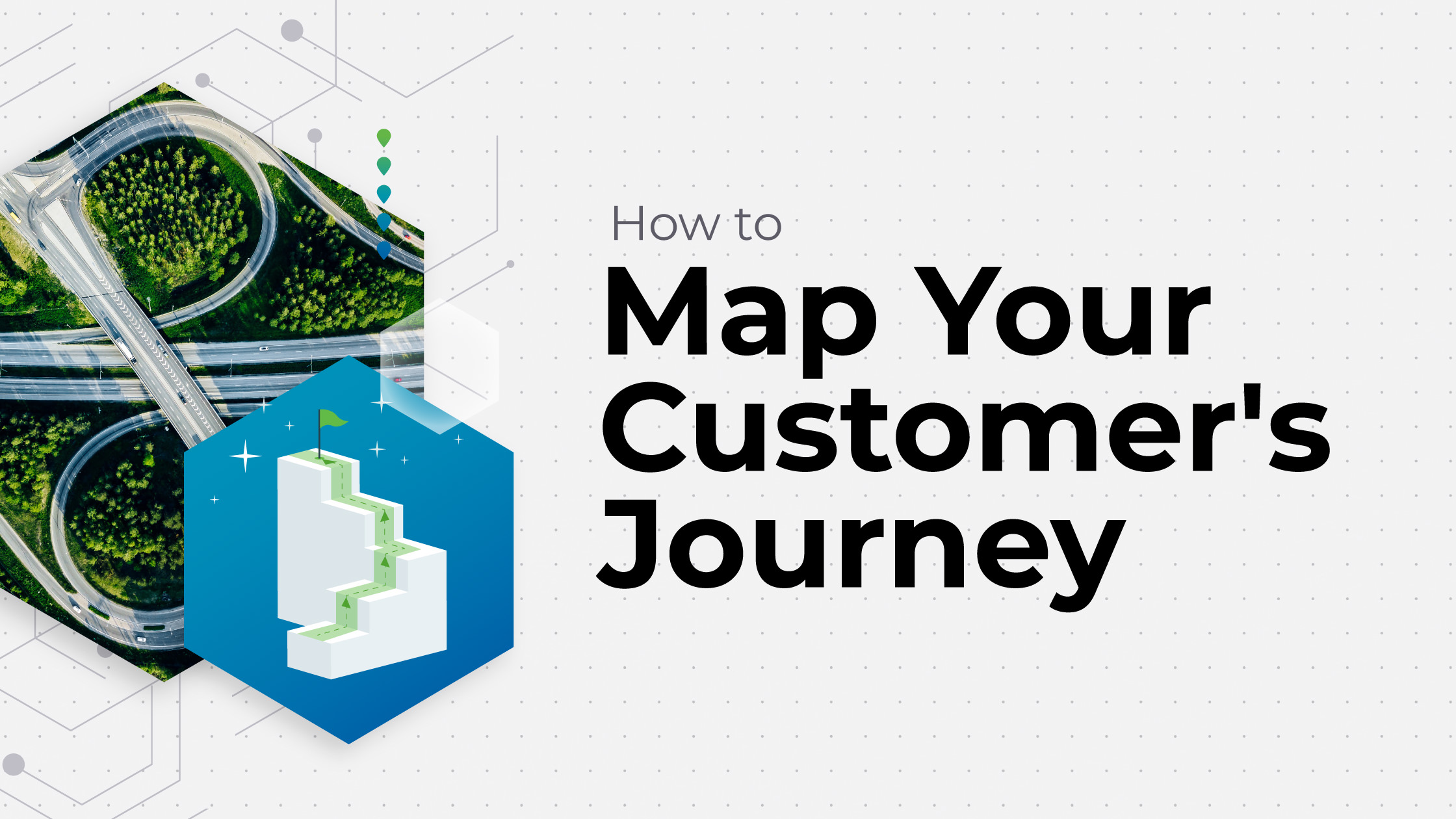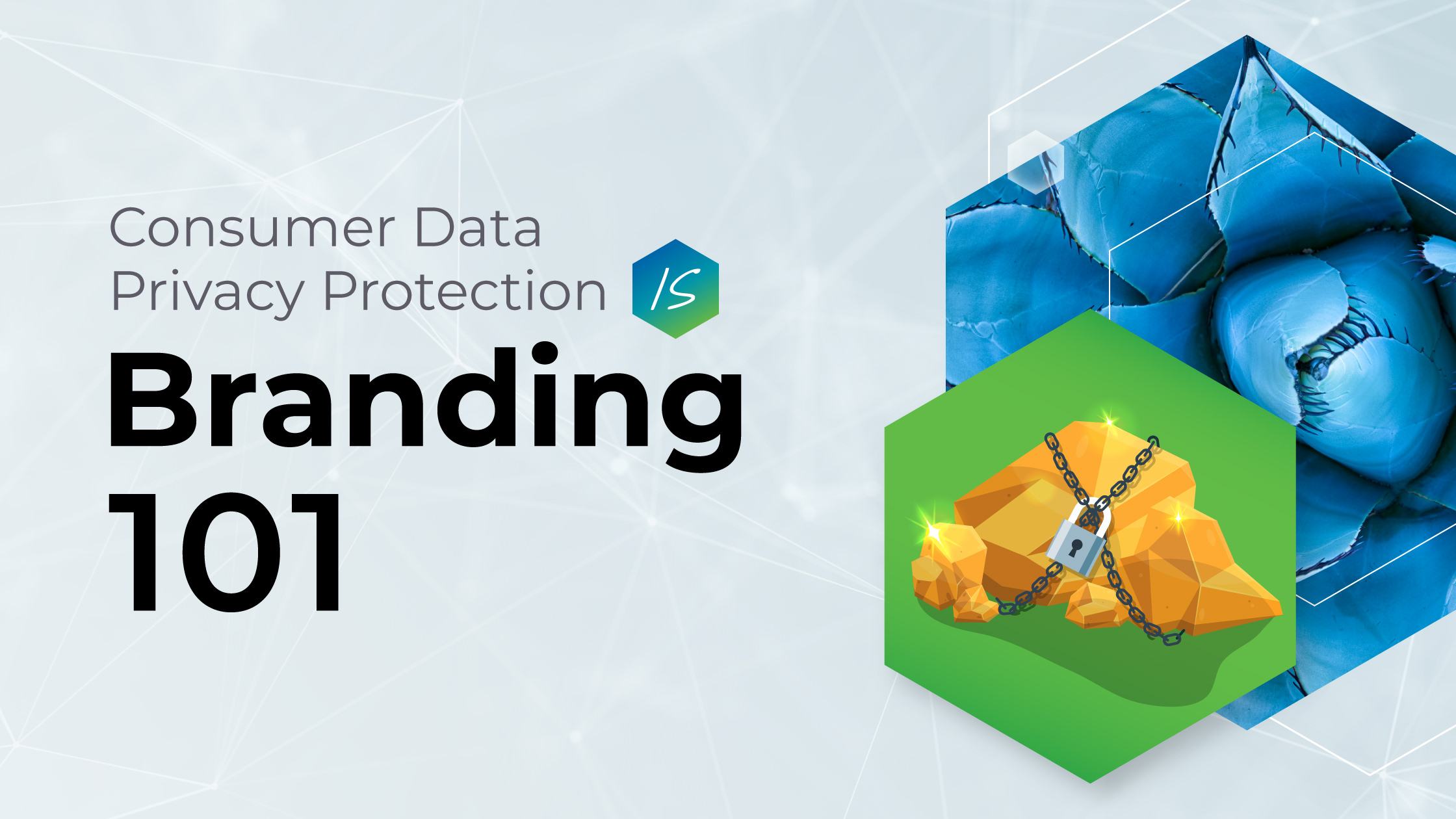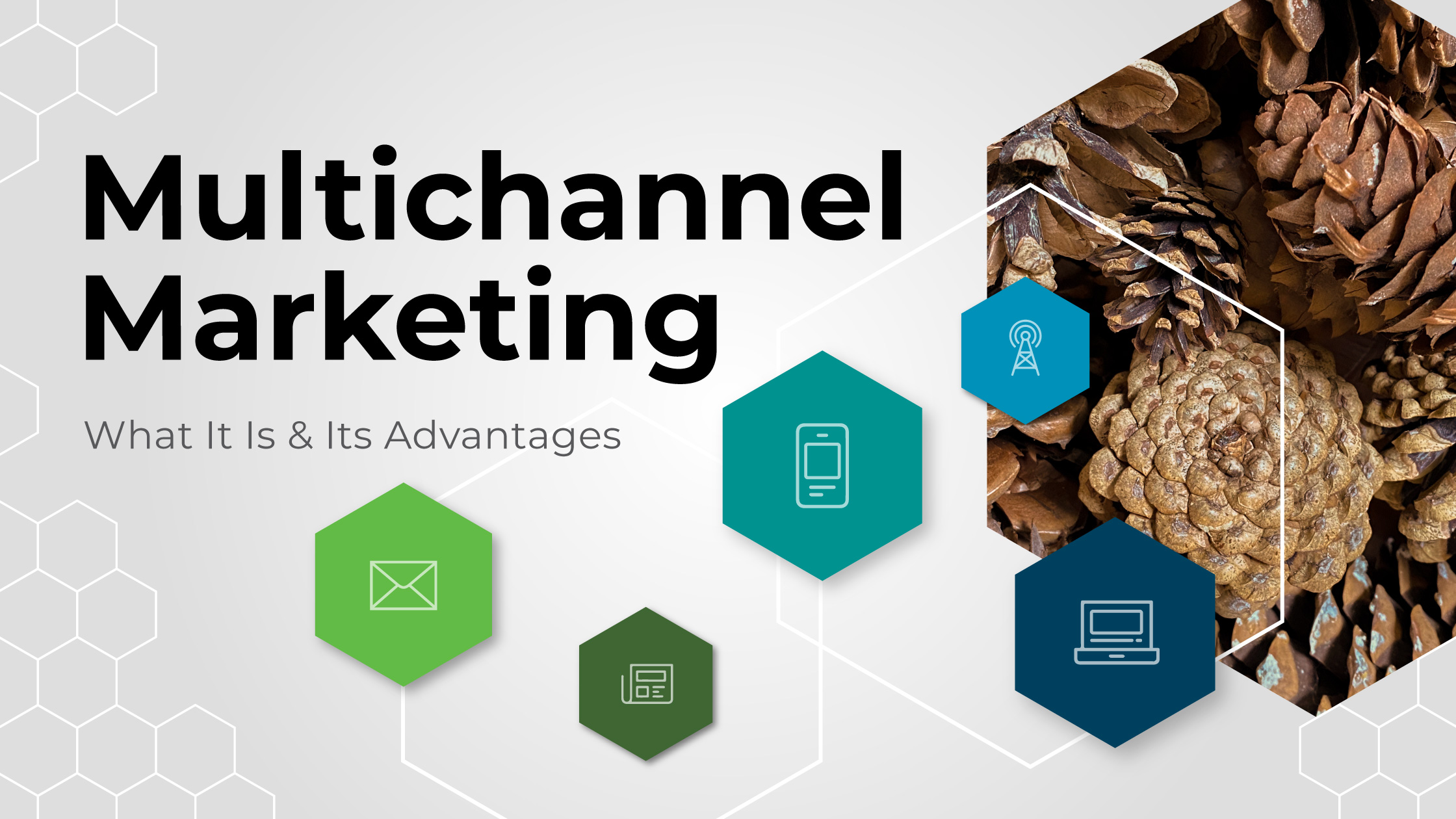
The days of placing a single newspaper ad or TV commercial and generating mountains of brand awareness went the way of the dinosaur some time ago.
Yet, for many of our clients, finding the right marketing mix among the gazillion options available today often seems like a challenge of Jurassic proportions.
But we’re mathy marketers with a human touch, so we think of it like this:
- Your customers are humans, and the vast majority of humans consume media from both online and offline channels.
Conclusion: High performing marketing requires digital and non-digital engagement.
- Constructing the right online and offline mix needs the contextual expertise of a seasoned marketer WITH deep data.
Conclusion: Don’t turn marketing decisions into a game of Pin the Tail on the Donkey. Expert domain knowledge plus data clearly reveals exactly what your marketing mix should be.
The above is our way of saying: Welcome to multichannel marketing! We’re discussing:
What is multichannel marketing?
Multichannel marketing refers to the process of engaging and interacting with potential customers across multiple channels, combining both outbound and inbound marketing efforts that follow the customer journey.
Here’s an idea of what that funnel might look like:

The goal is NOT to shout, “Come buy from us!” at 130 decibels, 100 times a day.
The goal is to show up and remind potential customers that you exist, and to do so in ALL the relevant locations those potential customers are visiting each day.
Brands who’ve hesitated to be visible across multiple channels need to reckon with that discomfort and cultivate a plan for being present in all the places that matter to your customer.
7 reasons why single channel marketing is a big NO-NO
Focusing heavily (or *gasp* exclusively) on a single channel brings serious performance risks. Let’s break some of those down.
1. Limiting your reach is anti-revenue.
Today’s consumers have an average of 5.5 social media accounts. Almost everyone lives, works, and plays online, but rarely in a single online location. Relying on a single channel means you’re missing out on potential customers who are active in other locations. Less reach. Less audience. Less revenue.
2. Overreliance on a single channel makes you vulnerable.
New platform policy? Big algorithm shifts? Technical issues or downtime? Significant changes on your platform of choice could tank your entire marketing strategy.
3. Weaker insights because you have fewer data points.
User behavior varies from channel to channel, which offers a unique combination of insights into your audience’s preferences. But when this kind of depth is unavailable (like when a brand is only active on one channel), decisions are often made with an incomplete understanding of your customers.
4. Wherever you’re absent becomes a ripe opportunity for competitors.
You’re on one or two channels, but competitors are on four. That gives them double the opportunity to cultivate awareness and acquire more market share.
Brand: It’s easier for us to focus on just ONE platform.
Potential customer: Okay. But that’s not easier for me, so… 👋
5. Weaker future-proofing
Multichannel marketing requires adaptability. Teams must be able to quickly adjust to platform changes and shifts in user behavior across multiple contexts. Developing this capacity makes your team more resilient, flexible, and nimble.
6. Message overload and dilution
Focusing on a single channel can result in your audience seeing the same message repeatedly. This creates message fatigue and reduced engagement. Similarly, channel activity needs to be strategically deployed by considering the volume of touchpoints, cadence, and diversity of content formats supported by that platform.
For example, are you unknowingly hitting up your Facebook targets 14 times before lunch and then disappearing for the rest of the day? Many paid campaigns function this way and the brands paying for the campaigns have no idea.
7. Certain platforms align better with certain funnel phases.
In each stage of the marketing funnel, users have different expectations. They may be partial to long-form writing in one location, video tutorials in another, and infographics somewhere else. Multichannel activity supports the goal of giving them the content they need to make a purchasing decision, when, where, and how they want to consume that content (that bit is vital!).
Multichannel marketing is not simply a matter of generating activity on multiple channels. It’s about applying a strategic lens to what content goes where and WHY – all in the name of streamlining the customer’s journey from awareness to acquisition and beyond.
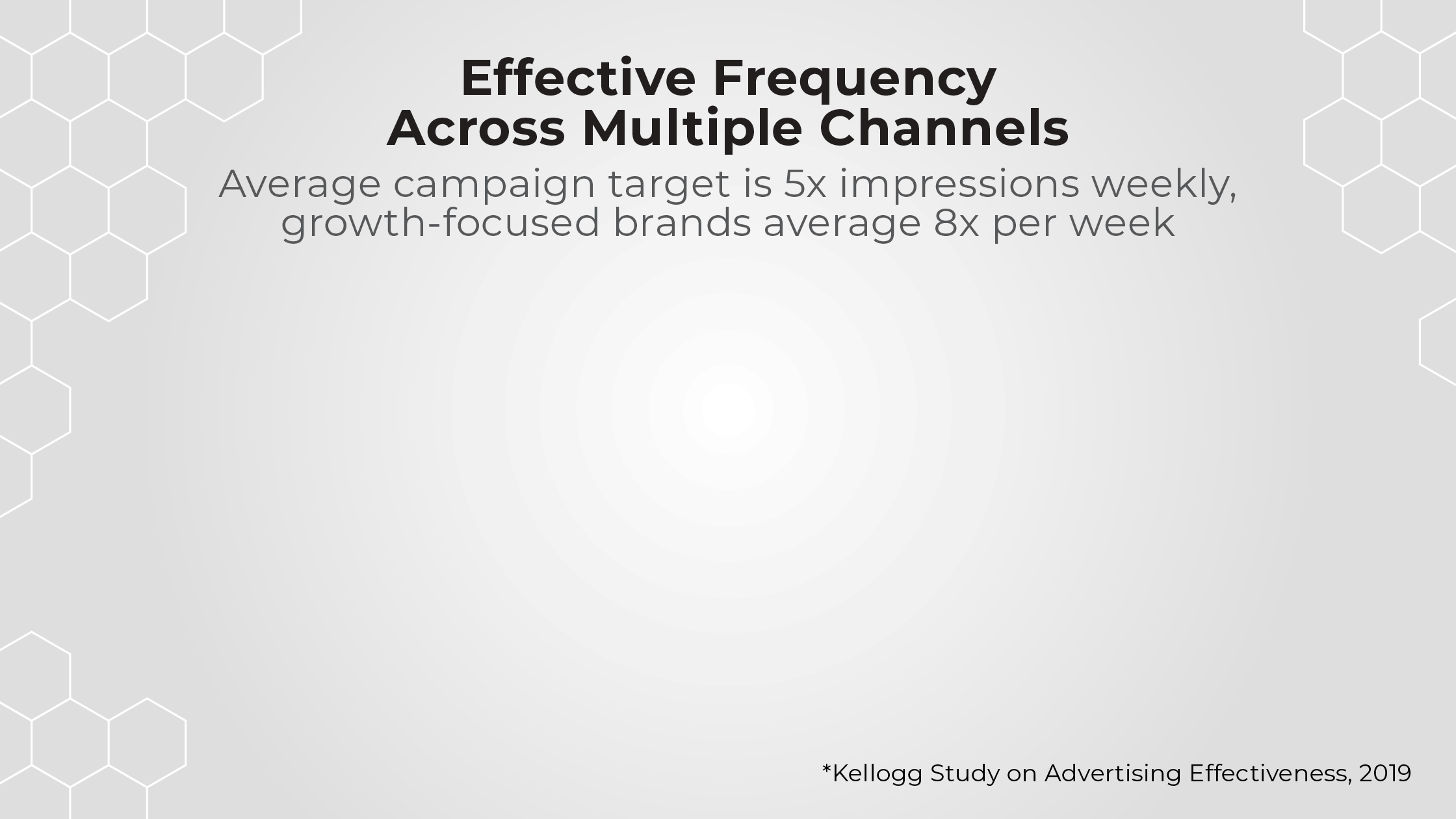
72% of B2B buyers prefer to buy from brands with multiple channels.
In addition to the enhanced brand awareness opportunity available when engaging across multiple channels, maybe the biggest upside of a multichannel marketing strategy is its multiplying potential.
The Heinz/PL Multichannel Marketing Effectiveness Report (the source of the 72% stat above) also found that:
- B2B marketers report 24% higher ROI using a multichannel marketing approach.
- B2B marketers report 2x shorter sales cycle when using a multichannel approach
- 47% of B2B marketers report getting higher quality leads when using more than one channel.
- 74% of B2B buyers report using content as well as advertising to make purchase decisions.
- B2B buyers report seeing five or more channels before making a purchase.
Compelling stuff, right?
More advantages of multichannel marketing
- Understand your customer better.
Engaging with customers across platforms and media types creates opportunities for them to provide valuable feedback. This in turn helps inform future marketing efforts and product/service optimizations.
- Build a consistent and relatable message.
Making your content marketing efforts consistent across channels creates a more engaging customer experience. This builds credibility and trust, which in turn helps drive clicks on your ads and increase conversion rates.
- Grow your audience.
With so many channel options available these days, it’s inevitable that your audience will move around – so should you. Keeping up with their preferences makes you far more likely to not just acquire net new customers, but also snag lookalike audiences in the process.
- Increase your overall marketing efficiency and grow a truly data-driven marketing function.
Multichannel marketing delivers a rich stream of relevant data. Assuming you have a strong marketing analytics dashboard and experts managing that dashboard, this allows you to create far more personalized retargeting campaigns to drive the bottom line.
Types of marketing channels
It’s important to remember that when we say “marketing channel”, we aren’t solely referring to the difference between LinkedIn and Instagram or Facebook.
Social media is one channel category, but it’s by no means the only one. Some of today’s most commonly used direct and indirect channels include:
- Social media (Facebook, LinkedIn, Instagram, etc.)
- Website
- Email campaigns
- Search engine optimization (SEO)
- Display ads
- Text messaging
- Online and retail stores.

Faced with this kind of list—and a potentially longer one if you’re looking to target a specific audience or want to include an affiliate marketing campaign in your strategy—where should you start? At the beginning.
- Step 1: Build your user personas or ideal customer profiles (ICP). Get inside your customer’s head and document their online and offline behaviors.
- Step 2: Map the customer journey. From the moment they first discover you all the way through conversion.
- Step 3: You’re now ready to build a very specific media touchpoint map. This will clarify which media supports awareness vs consideration vs conversion.
Tools for determining channel mix
Yes, of course we have one, but before you get too excited and jump down to click on it, there’s a bit of a disclaimer (isn’t there always?).
As enticing as it is to want to rely on tools, dashboards, and even AI to tell you what your mix should be, one crucial linchpin is required to get you a healthy, consistent, and dependable ROI on your channel marketing efforts: Expert knowledge and experience.
No tool is more powerful than the subject matter expert who knows how to maximize the performance of the tool.
For instance, Facebook lets you run all kinds of campaigns (awareness, consideration, lead-gen, etc) but you have to know how the Facebook algorithm works to be sure you’re chasing the right audience. Extensive campaign management expertise is crucial.
And algorithms are tricky business, especially when they’re constantly being tweaked.
Other channels, like Google and Instagram, offer all kinds of data and numbers to play with, but unless you have experience in the platform and how it works, you can tie yourself up in knots trying to unravel the latest secret code.
Now that you’ve heard our disclaimer (“Work with a pro!”) loud and clear…
Our favorite way to calculate multichannel ROI
When it comes to looking at hard and fast numbers, the Apiary ROI calculator helps our client-partners measure attribution from a multichannel marketing campaign and determine impact.
Give it a try! The calculator is quite simple to use and easy to play with the numbers.
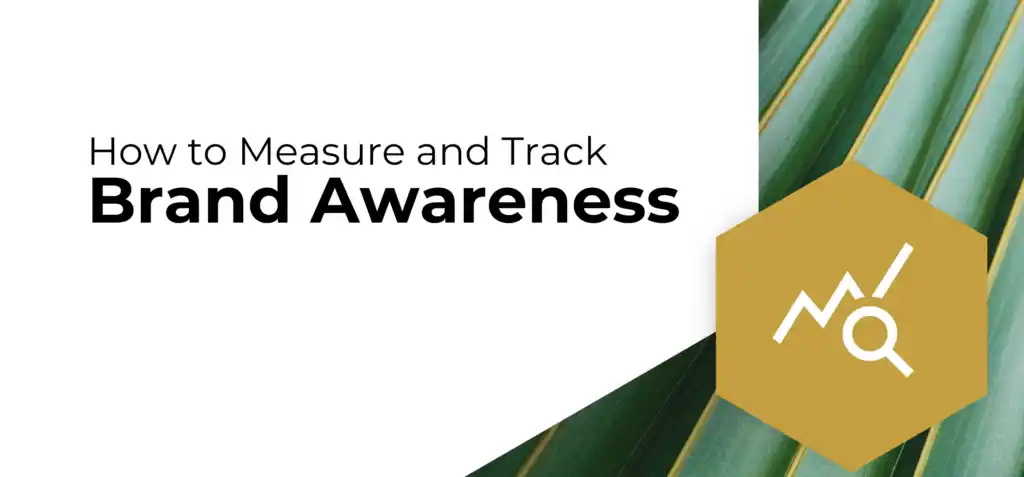
Plug in the numbers from your last campaign (or an upcoming one) to see exactly what ROI you can expect.
Plug in numbers from a previous campaign and then change your allocations to get visibility into what your overall performance might look like as you tweak your campaigns and create new ones.
TL;DR on multichannel marketing
- Multichannel marketing uses multiple media channels to follow and engage with the customer as they journey through the funnel.
- A multichannel approach creates a multiplying effect. For example, B2B marketers report a 24% higher ROI when implementing a multichannel strategy.
- High performance multichannel marketing is not a DIY activity. Partner with experts who are best positioned to craft a data-focused multichannel marketing approach
- Want a preview of the marketing math that underpins everything we do at Apiary? Check out our ROI calculator tool.
